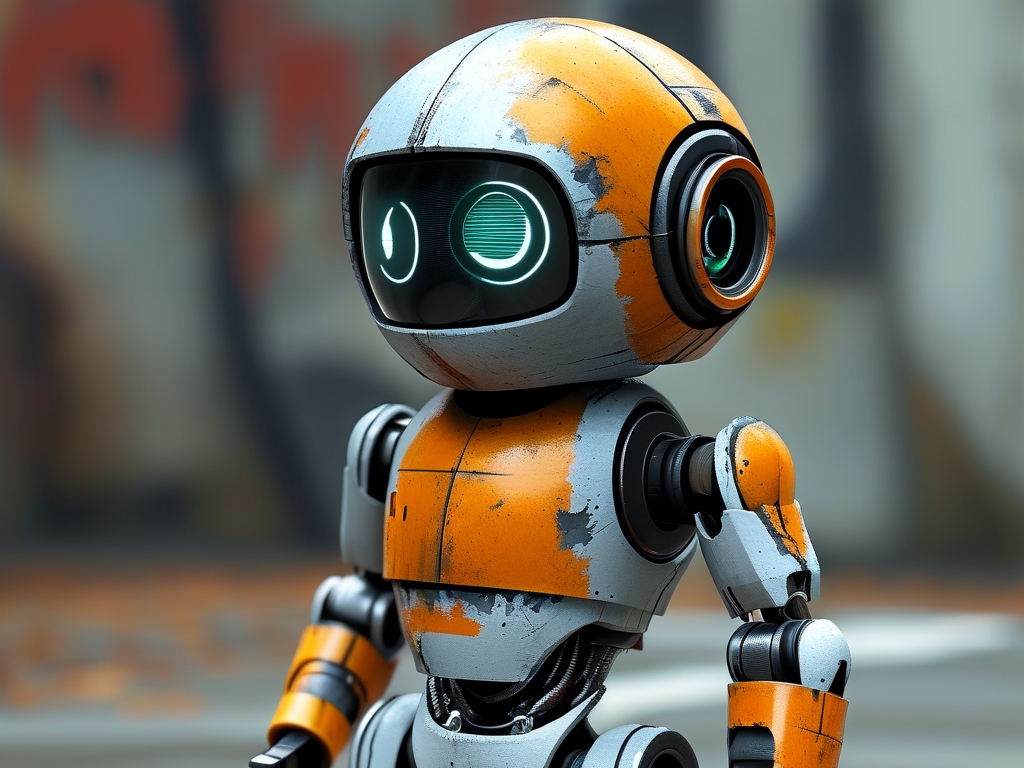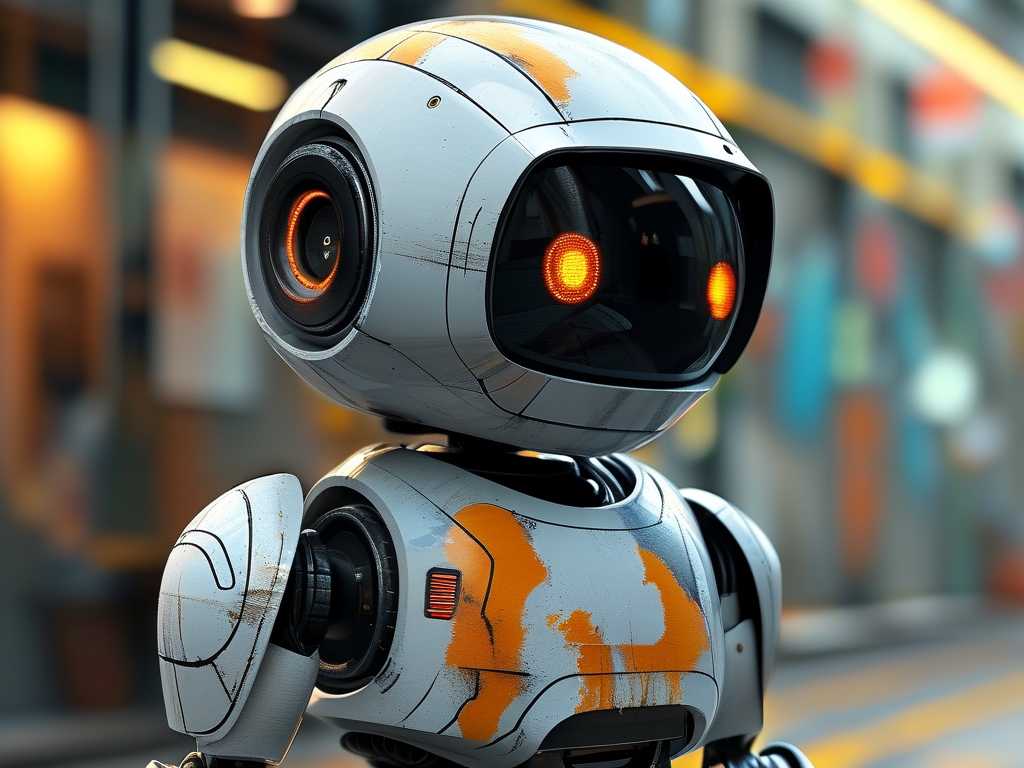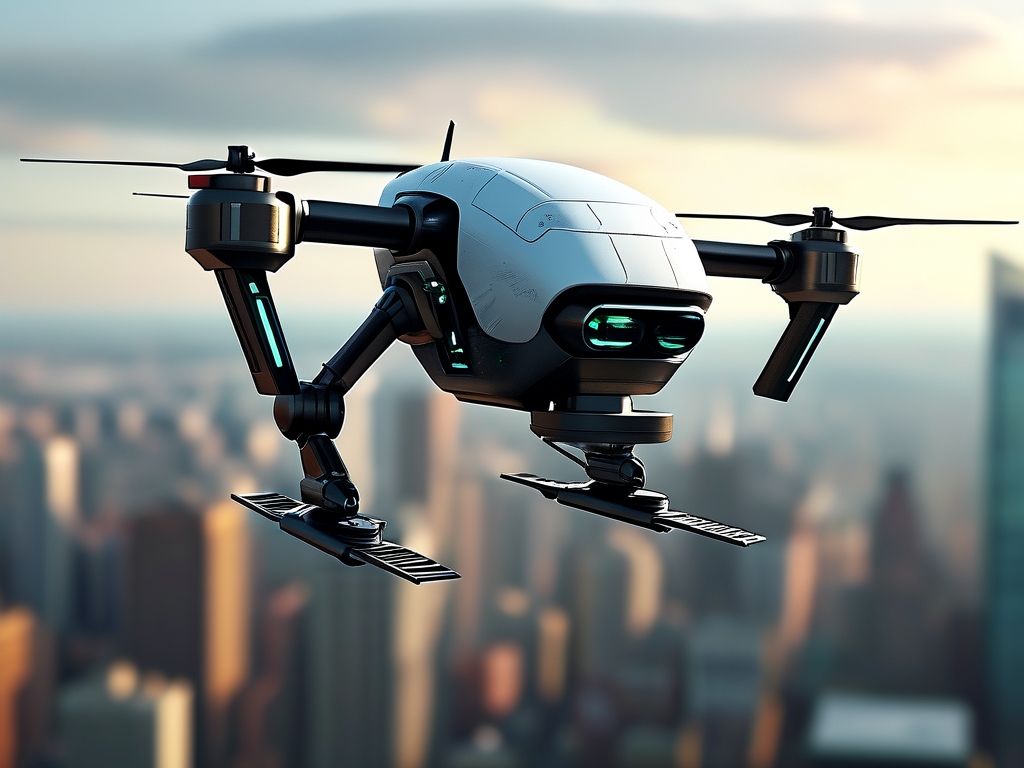In an era dominated by corporate tech giants, a quiet revolution is brewing in basements, garages, and makeshift workshops worldwide. Driven by passion rather than profit, a growing community of self-proclaimed "tech obsessives" – programmers, engineers, and robotics enthusiasts – are redefining innovation through boundary-pushing robotic creations. These underground makers combine open-source technology, 3D printing, and artificial intelligence to build machines that challenge conventional notions of robotics.
The DIY Robotics Renaissance
The democratization of technology has fueled this movement. Affordable components like Raspberry Pi microcontrollers, Arduino boards, and modular sensors have transformed living rooms into R&D labs. Take 27-year-old Sofia Marques from Lisbon, whose solar-powered "Pollinator Drone" uses computer vision to identify endangered plant species and manually distribute seeds. Built from repurposed drone parts and machine learning algorithms trained on botanical databases, her creation recently won recognition at the Open Source Hardware Summit.
Such projects exemplify the ethos of this community: solving real-world problems through accessible technology. Other notable innovations include:

- Neural-Interface Prosthetics: A Tokyo-based team developed a $300 robotic arm that interprets muscle signals through AI, outperforming commercial models costing 20x more
- Urban Waste Sorting Bots: Maker collectives in Berlin created autonomous trash-sorting robots using recycled smartphone cameras and TensorFlow object recognition
- Open-Source Rescue Drones: Indonesian engineers designed disaster-response drones with thermal imaging and Lidar mapping capabilities, sharing blueprints freely online
The Maker's Toolkit: Breaking Down Barriers
What makes these projects extraordinary is their resourcefulness. Unlike corporate labs with unlimited budgets, tech-obsessed builders employ creative problem-solving:
- 3D Printing: Enables rapid prototyping of mechanical parts
- AI-as-a-Service: Cloud-based machine learning platforms democratize advanced algorithms
- Hardware Hacking: Repurposing consumer electronics (e.g., using Xbox Kinect sensors for spatial mapping)
- Collaborative Coding: GitHub repositories filled with shared robotics libraries
The community's crowning achievement might be Project Prometheus – a global collaborative effort to create an open-source humanoid robot. Over 800 contributors across 40 countries have developed modular designs for everything from fluidic artificial muscles to emotion-recognition systems, all documented on public wikis.
Challenges and Controversies
Despite their ingenuity, these makers face significant hurdles. Intellectual property disputes occasionally arise when corporate entities attempt to commercialize open-source designs. The 2023 lawsuit between a robotics startup and the creators of "BionicBee" (a bio-inspired pollination robot) sparked intense debate about innovation ownership in the digital age.
Safety concerns also persist. When a Canadian teenager's homemade "Guardian Dog" security robot mistakenly identified a delivery person as a threat, it highlighted the need for ethical AI frameworks in amateur robotics. Community-led initiatives like the Maker's Ethics Board now develop guidelines for responsible innovation.
Cultural Impact and Future Directions
These grassroots innovations are reshaping industries. Agricultural firms now license seed-dispensing algorithms from maker groups, while medical institutions collaborate on affordable diagnostic robots. Educational spin-offs are particularly promising – robotics kits developed by the community are used in 12,000 schools worldwide to teach STEM concepts.
Looking ahead, emerging technologies like quantum computing chips and neuromorphic hardware promise to supercharge this movement. The next frontier might be "biological robotics" – early experiments with biohybrid systems (combining living cells with electronics) suggest future robots could self-heal or adapt to environments organically.
As corporate R&D departments increasingly monitor maker forums for breakthrough ideas, the line between amateur and professional innovation blurs. What remains clear is that the tech-obsessed community will continue pushing boundaries, proving that groundbreaking robotics no longer requires billion-dollar labs – just passion, creativity, and a willingness to share.

: More Than Just Gadgets
These creations represent more than technical marvels; they embody a philosophy of inclusive innovation. By open-sourcing knowledge and prioritizing problem-solving over profits, tech-obsessed makers are democratizing robotics. Their work challenges traditional power structures in tech while addressing global issues from environmental conservation to healthcare accessibility. As the movement grows, it may well redefine humanity's relationship with intelligent machines – one garage-built robot at a time.





